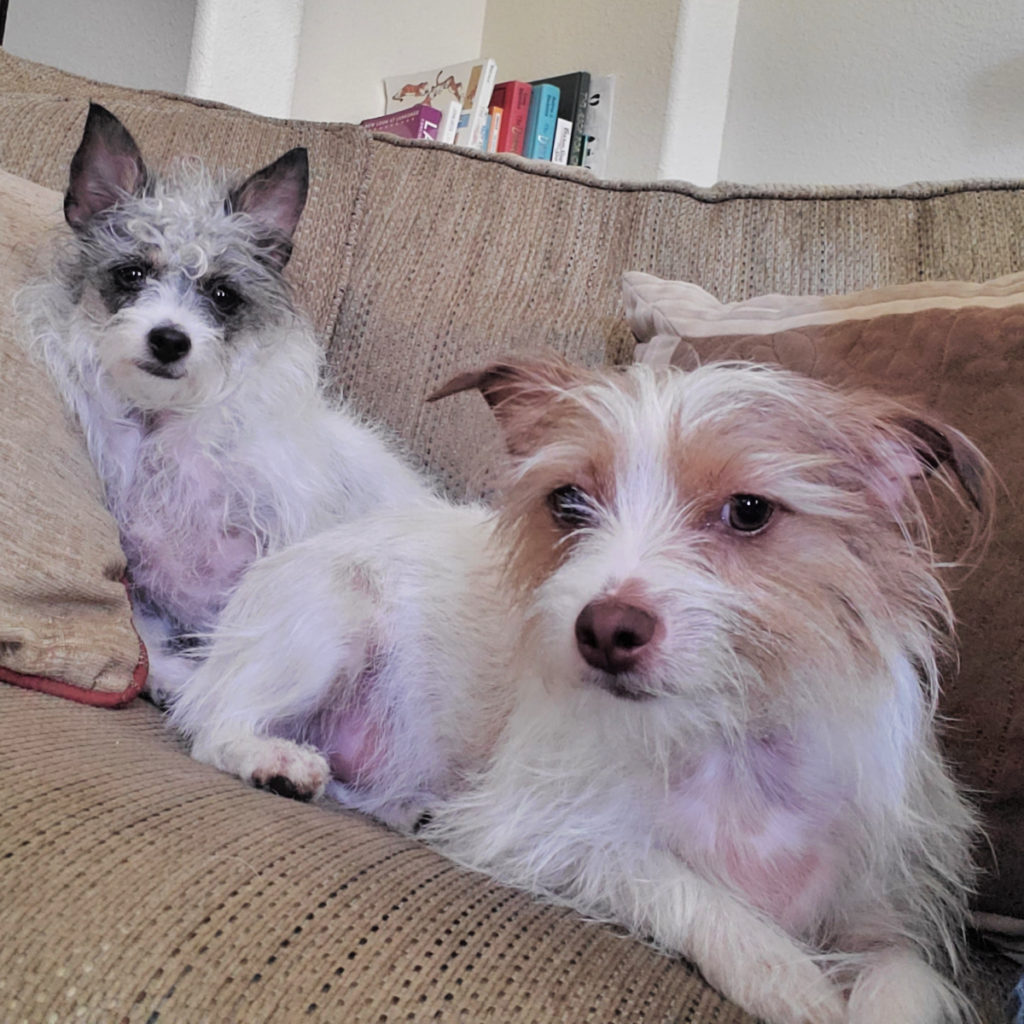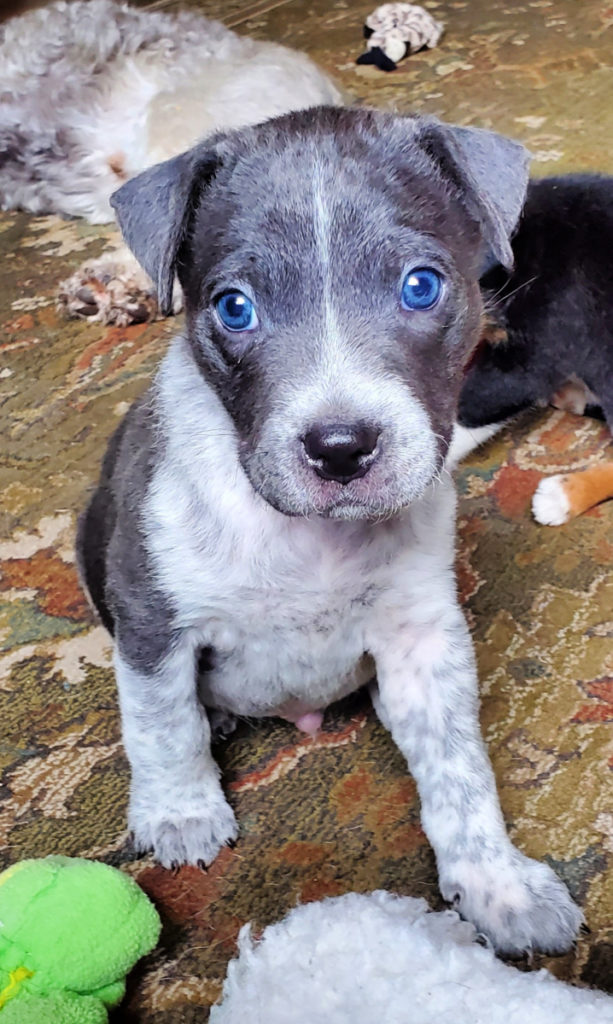
Fostering Dogs as a Family Community Service Activity
For many families, this summer is no doubt a summer like no other. Trips, camps, lessons, fun gatherings with family and friends, activities that normally keep our calendars steadily filled, have been postponed or cancelled leaving us to wonder what we can do with our unanticipated leisure time. Have you thought about fostering animals? It is a wonderful service activity the whole family can not only be involved with but can also learn from. Fostering dogs, cats, or other pets is an activity that all ages can take part in and to see firsthand how their involvement in opening their hearts and homes can help save animal lives.
For more ideas about summer experiences you can do while learning at home with your kids, visit the main page, Charter a Summer of Learning.
Bringing Foster Dogs Into Our Family
My family got involved with fostering because we wanted to add a dog to our family, but we weren’t sure what kind of dog we wanted. I had the idea that, if we started to foster, we might come across a dog we would fall in love with and decide to call our own. I began to ask friends (and friends of friends, and others) what they knew about any of the local rescue organizations. I wanted to know who was easy to work and communicate with, who was organized in the way they operated, and what was expected from both sides. I found out that the only thing you need to provide is a desire to help make a difference in the life of an animal by providing a temporary, loving, safe home. All other supplies—collar, leashes, food, crate, toys, food/water bowls, bedding, toys, veterinary care—are provided for you.
Fostering for Preschoolers
Social, emotional, physical, and intellectual development are fundamental needs for preschoolers. Fostering can nurture each of those areas. With supervision, preschoolers can help with feeding and watering, cleaning, and picking up after the animal—they have toys, too! Kids can be creative in helping to make ‘adopt me’ posters to be shared, or simply coloring or drawing pictures of their animals, maybe even story telling about the type of home they imagine for the foster. They can help take dogs on walks and help with introductions and networking with family and friends. You can help them expand their world by learning about the animals, reading about them, and practicing writing the animal’s name, breed, colors, and so much more. And lastly they can learn about compassion, community service, and empathy in providing temporary loving homes and then watching the animal go off into a new furever home, thereby teaching them selflessness. So much fun and exploration and communication can be ignited at this age with fostering.
Fostering for Grade Schoolers
For children in middle grades, based on maturity, they can step things up with what was previously mentioned about fostering for preschoolers. They can take on more responsibility with the care and attention of the foster pet. They can learn more about teamwork—sharing those responsibilities with other siblings, parents, or other family members. If medication is needed, they can help with distributing it and keeping track of the days and times it is needed. They can create more detailed “adopt me” posters and share them. Building on what preschoolers could do—learn to write about the animals, their breeds, characteristics, and more—older kids could do those activities in a foreign language. The bigger kids could also create poetry or stories, or keep a journal about fostering. They can learn more about the history of the animals they foster—most are mixes, but they usually favor a specific breed or two.
Overall, it is a great way for this age to learn patience, gain hands on experience, grow in maturity, responsibility, and accountability, and it can help create a sense of truly being able to provide a service—when at this age, community service is not the easiest to come by unless you are in the presence of an adult. Service you can count for community service hours, if needed.
Fostering for Upper Schoolers
For teens, fostering provides all the opportunities previously mentioned and more—endless!—possibilities. My family has been fostering since 2013. Tonight, I asked my daughter, who will be a senior in high school this year, what she has taken away from fostering. She shared with me that she has enjoyed having the experience of learning how to handle dogs, she has loved experiencing all the different types of dogs we have come across while fostering, and learning about their histories and how, or sometimes why, they behave the way they do. More than anything, she loves seeing how far they can come in learning what it truly means to know a good life. From a momma’s perspective, she is happier when we have a foster in our home.
Again, community service hours can be obtained by fostering.
Lastly, looking at your family lifestyle, you can decide what sort of foster animals might fit your lifestyle best. You can foster healthy cats or dogs, healthy kittens or puppies, momma dogs and their babies, seniors, medical or special needs pets, and sometimes those recovering from surgery.
Read More About Fostering Animals
Learn more about fostering dogs and other animals, and find education resources online.
“Fostering a Pet,” SNIPSA
“Fostering a Love for Animals in Your Young Child,” Summit Kids Academy
“Humane Education Online,” Animal Humane Society
“Fostering Animals with Kids in the House: Learning From Homeless Pets,” Lea Jaratz, Water Bowl
“Animal Volunteer Opportunities in San Antonio for Kids,” Amy Johnson, San Antonio Charter Moms, February 28, 2019
“Middle school student creates website to match families with shelter pups,” Michael Rothman, Good Morning America, May 13, 2018
Local Connection for Fostering Dogs and Cats
SNIPSA is a local nonprofit organization formed by a group of veterinarians and caring individuals dedicated to helping homeless and unwanted animals in and around San Antonio. SNIPSA does not have a shelter, but they have a dedicated community of volunteers who foster and rehabilitate animals in their homes, learning about the animals’ needs and behavior in order to find appropriate permanent homes. SNIPSA also offers spay-neuter services to address animal overpopulation.
Charter Moms Chats
Watch Inga Cotton’s interview with Sarah Paseur, foster coordinator at SNIPSA, on Charter Moms Chats.
Sarah Paseur is the foster coordinator at SNIPSA. She has been volunteering with the organization since 2016, managing intake and discharge at the Big Fix events. She recently took on the role of foster coordinator to help keep dogs out of shelters in foster homes as they await their forever homes. When she is not at SNIPSA, Sarah is a special education teacher who loves spending time with her six dogs, Lucy, Sven, Eddie, Tootsie Roll, America, and Wynonna, and one foster dog, Pandora.
For more ideas about summer experiences you can do while learning at home with your kids, visit the main page, Charter a Summer of Learning.
About the Author
Ramona Gutierrez is a longtime foster who has fostered over 70 animals. She has a wonderful daughter still at home, Evalin, who plays a huge role in fostering as a family. She loves fostering puppies the most, but truly has an open heart to any animal in need.




